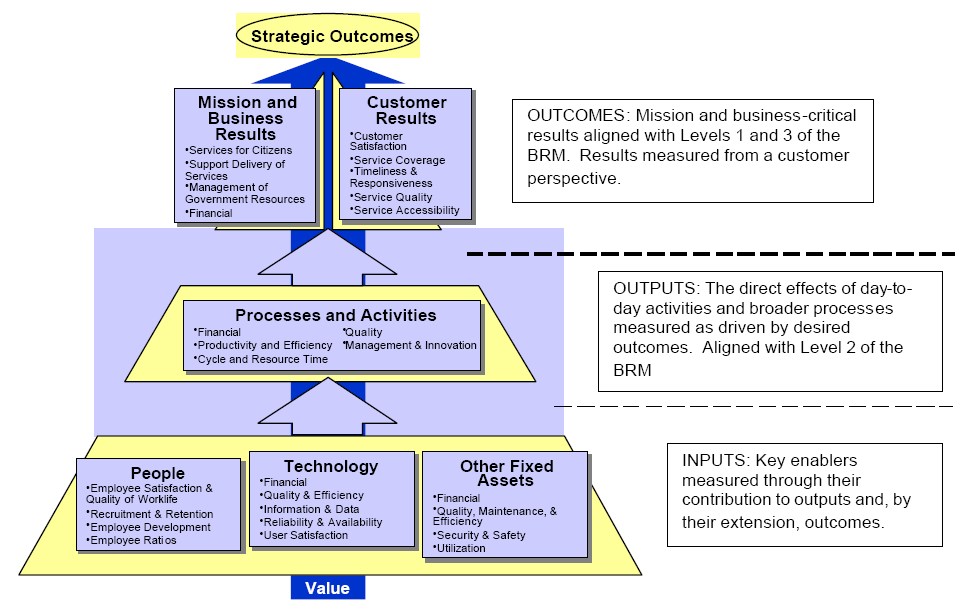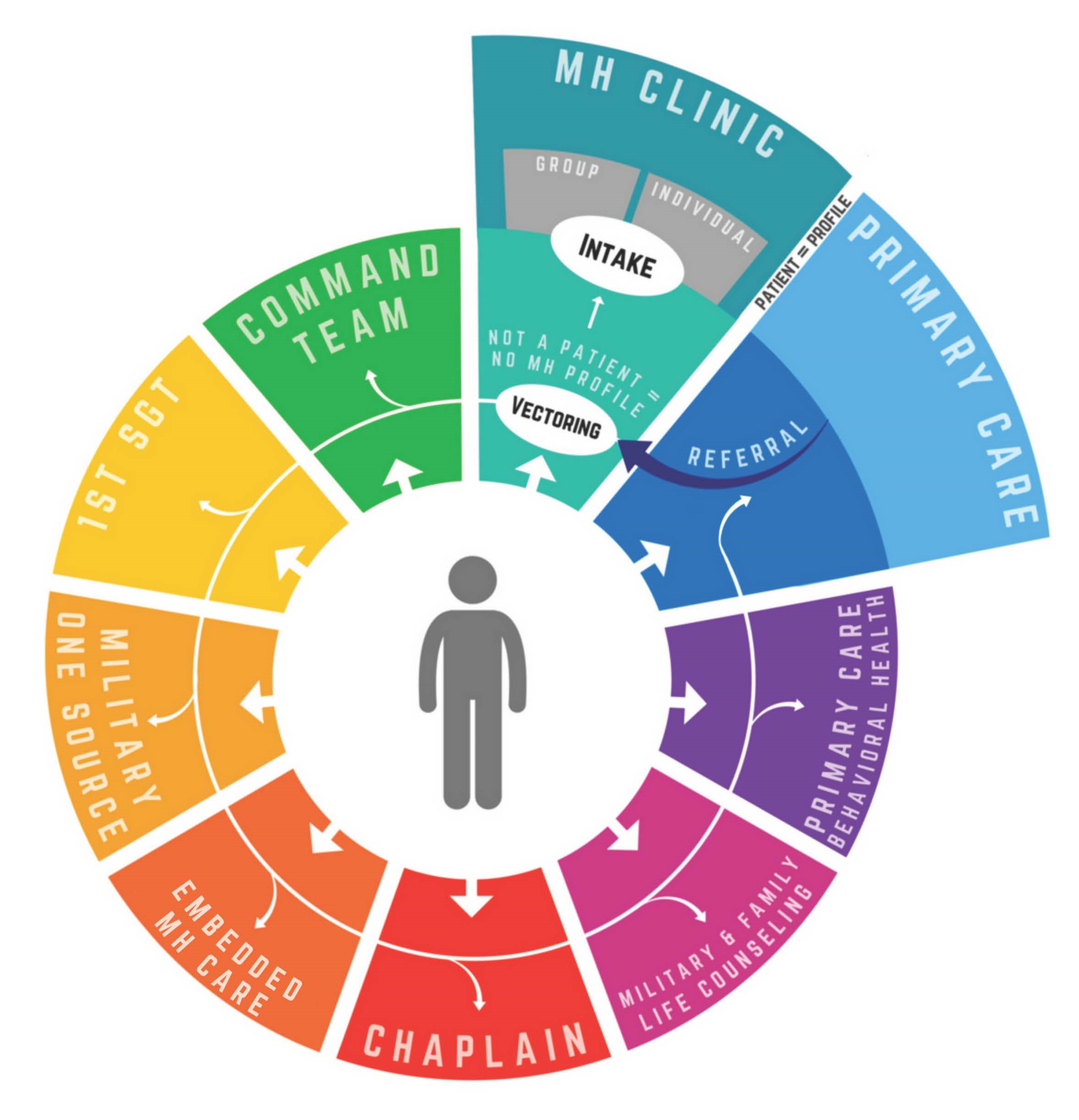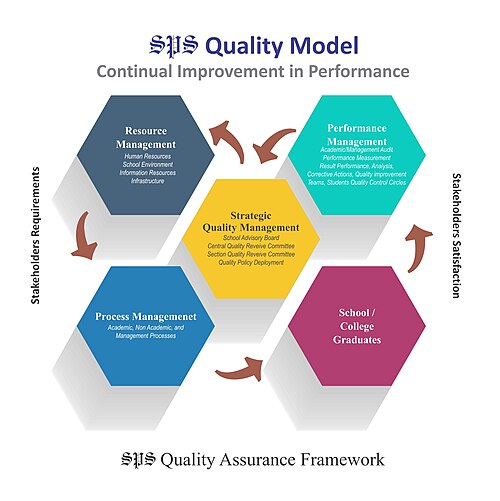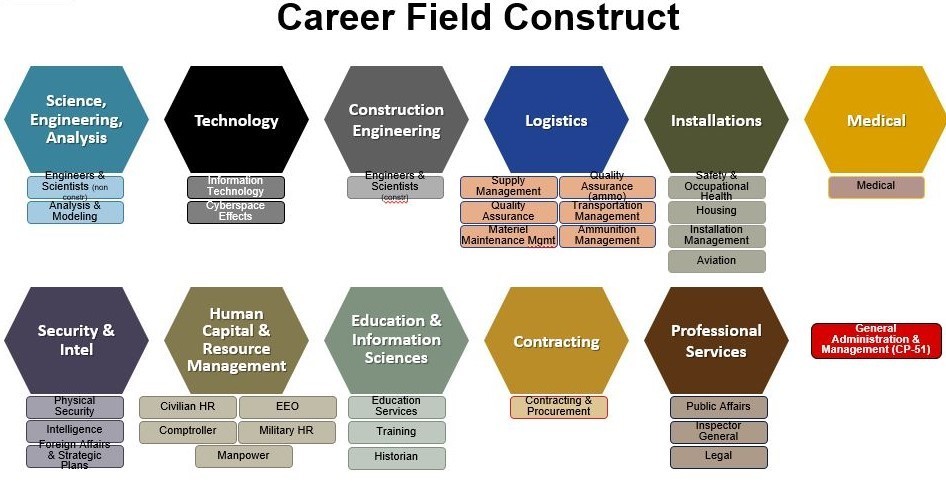
Strategic human resource management is more than just a trendy term—it's essential. Picture a workplace where everyone is on the same page with the company's goals, feels engaged, and wants to do their best. That's what strategic HR can do. Companies with highly engaged employees actually outperform their competitors by 147% in earnings per share. This shows just how important strategic HR management is for success. In this article, we'll explore the details of strategic HR management, looking at how aligning HR strategies with business goals can change the employee experience and improve engagement. We'll cover best practices and answer common questions, giving you insights to make the most of your team. Let's get started on understanding effective strategic HR management!
Summary: This content outlines the principles and practices of Strategic Human Resource Management, focusing on strategic alignment, employee experience and engagement, and best practices in HR management. It also includes a FAQ section to address common inquiries related to HR strategies.
Overview of Strategic Human Resource Management
Definition and Importance of Strategic Human Resource Management
Strategic Human Resource Management (SHRM) is about syncing up an organization’s HR practices with its long-term goals. Unlike the usual HR, which is more about the day-to-day stuff, SHRM ties HR strategies to the bigger company plans to boost performance. This way, human resources play a key role in hitting business targets and building a competitive edge.
SHRM is all about being proactive, spotting potential HR issues and chances, and getting strategies ready ahead of time. This forward-thinking is key because it links HR tasks like talent development and performance management with the company’s main goals, backing up the organization’s vision, mission, and values.
SHRM is important because it maximizes human capital, often the most valuable asset of a company. By aligning HR strategies with business goals, organizations ensure they have the right people, with the right skills, in the right roles, at the right time. This strategic fit helps organizations react better to market changes, like tech advances and shifts in consumer demand. Plus, SHRM encourages a culture of ongoing improvement and innovation, pushing employees to help grow the organization and adapt to new challenges. For more insights, check out the OrangeHRM Blog.

Key Components of Strategic Human Resource Management
Talent Management in SHRM
Talent management is a big part of SHRM, focusing on attracting, developing, and keeping skilled employees. It’s about recruiting people who not only have the skills but also fit the company culture. Once they’re on board, talent management includes professional development opportunities, like training and career growth paths. Retention strategies, such as competitive pay and engagement initiatives, are crucial to keeping a motivated and committed team.
Sainsbury’s supermarket chain is a good example, investing in employee training through its 'worker academy' and 'Leading@Sainsbury's' program, leading to many promotions. Learn more at AIHR.
Performance Management Strategies in SHRM
Performance management in SHRM is about setting clear expectations and regularly checking how employees measure up. This helps spot where they shine and where they could do better. Good performance management systems provide feedback that’s useful and actionable, helping employees see how they contribute to the organization's goals.

Also, linking performance to rewards and recognition boosts motivation and productivity, aligning individual performance with the organization's strategic aims. SHRM involves figuring out and prioritizing the skills and experiences needed for success, as discussed in the Workhuman Blog.
Building Organizational Culture through SHRM
A strong culture is crucial for successful SHRM. Culture includes the values, beliefs, and behaviors that shape how things get done in an organization. SHRM helps build a culture that supports the organization’s strategic goals by promoting values like collaboration, innovation, and accountability.
HR can shape culture by creating policies and practices that encourage desired behaviors, such as teamwork and open communication.
Workforce Planning and Strategic HRM
Workforce planning ensures an organization has the right number of people with the right skills to meet its strategic goals. It involves looking at current workforce capabilities and predicting future needs based on business goals and market trends. It also includes succession planning, identifying and grooming internal candidates for key roles to ensure leadership continuity.
By anticipating workforce needs, organizations can avoid risks related to talent shortages and skill gaps, staying agile and competitive in a changing business world. For more on strategic HR management, check out Indeed Career Advice.
Strategic HR Alignment with Business Goals
How to Align HR Strategies with Organizational Objectives
Strategic human resource management (SHRM) is about aligning HR functions with the organization's long-term objectives. Instead of merely responding to employee needs, HR now plays a proactive role in business success. By integrating elements like:
- Workforce planning
- Recruitment
- Career development
- Performance management
- Succession planning
HR can propel goals such as growth and innovation. For example, if a company aims to enter new markets, strategic HR would identify the right talent, foster leadership skills, and cultivate a growth-oriented culture. This alignment enhances company values, employee satisfaction, and productivity, culminating in overall success.
Effective strategic HR management also resolves conflicts, develops leadership capabilities, and maintains focus on the organization's mission and vision. Consider Sainsbury's, a leading UK supermarket chain. They invest in their workforce through initiatives like their worker academy and training programs. As a result, 58% of participants in their leadership program have been promoted within nine months. Such efforts illustrate how strategic HR aligns with business goals, advancing employee careers and creating opportunities, such as eliminating the need for a CV for certain roles.

The Role of Data-Driven HR Decision Making
Strategic HR management leverages data and analytics to anticipate future challenges and opportunities, making HR management more proactive. By analyzing data on employee performance, attendance, and workforce demographics, organizations can:
- Develop recruitment strategies
- Tailor training programs
- Enhance retention efforts
This data-driven approach enables HR to monitor strategy effectiveness and continuously improve alignment with organizational goals.
For instance, analyzing employee performance data can reveal skill gaps, leading to targeted training programs that boost productivity and support strategic objectives. Prioritizing skills and experiences through data-driven insights helps organizations formulate precise HR plans that enhance workforce capabilities in line with company goals.
AI and machine learning are increasingly influential in HR, automating tasks like resume screening and interview scheduling. This automation frees HR professionals to focus on strategic initiatives, while these technologies provide deeper insights into workforce trends, facilitating strategic planning and decision-making.

Aligning HR strategies with organizational goals and employing data-driven decision-making are interconnected. Strategic alignment directs HR initiatives, and data-driven decision-making supplies the evidence to implement and refine these initiatives effectively, ensuring continuous alignment and success. By harnessing data, HR can significantly contribute to business success, boost employee engagement, and maintain competitiveness in a rapidly evolving market.
Strategic human resource management is about aligning HR practices with the overall business strategy to enhance performance and secure long-term success. It involves managing employees with an eye on the goals and needs of the entire organization, focusing on attracting, developing, rewarding, and retaining talent to support the company's vision, mission, and values. This approach provides a competitive advantage by continuously adapting to organizational needs and market conditions.
Strategic Human Resource Management: Enhancing Employee Experience and Engagement
Boosting Employee Wellbeing in Strategic HRM
In today's business landscape, strategic human resource management (SHRM) plays a pivotal role in aligning HR policies with a company's long-term objectives, particularly in enhancing employee wellbeing and engagement. When HR policies are designed to support both individual wellbeing and organizational goals, the outcomes are mutually beneficial. This strategic focus helps reduce turnover rates, boosts productivity, and fosters a positive workplace atmosphere.
Strategic Mental Health Support in HRM
Supporting mental health is a cornerstone of employee wellbeing. Leading companies like Google and Microsoft have set benchmarks with their comprehensive mental health programs. These programs include initiatives such as counseling services, stress management workshops, and designated mental health days, all aimed at helping employees manage stress and anxiety.

Such efforts result in happier employees who perform better, thereby contributing to a more engaged workforce.
Flexible Work Arrangements for Employee Engagement
Flexible work arrangements, including remote work and adaptable hours, have emerged as effective strategies for enhancing engagement. Companies like Salesforce and Twitter have adopted remote work models, enabling employees to achieve a better work-life balance.

This flexibility not only elevates employee morale but also attracts top talent who prioritize work-life balance, thereby enhancing team engagement and productivity.
Recognition and Rewards in Strategic HRM
Acknowledging employee achievements is a powerful motivator for boosting engagement. Platforms like Bonusly and Kudos facilitate peer recognition of accomplishments. This culture of appreciation fosters a sense of belonging and motivates employees to excel, thereby increasing overall engagement and productivity.
Technology's Impact on Strategic HR Management
Technology is revolutionizing HR practices, enhancing the employee experience by streamlining tasks, improving communication, and providing personalized interactions.
HR Management Systems for Strategic Efficiency
HR management systems (HRMS) such as Workday and BambooHR are essential for managing employee data, payroll, and benefits. By automating routine tasks, these systems free up HR professionals to focus on strategic initiatives.

With access to real-time data, HR can make informed decisions that enhance engagement and drive organizational success.
Employee Feedback Tools for Strategic Insight
Gathering employee feedback is crucial for understanding their needs and improving the workplace environment. Tools like SurveyMonkey and Culture Amp enable companies to conduct surveys and pulse checks. These tools provide valuable insights into employee satisfaction, guiding HR to implement necessary improvements.
Strategic Learning and Development Platforms
Continuous learning is vital for employee growth and engagement. Platforms like LinkedIn Learning and Coursera offer courses and training opportunities, empowering employees to acquire new skills and advance their careers. Investing in development cultivates a skilled and motivated team, prepared to tackle future challenges.
In summary, strategic HR management that prioritizes wellbeing and engagement, supported by technology, can significantly enhance the employee experience. This approach not only benefits employees but also drives organizational success by building a resilient and adaptable workforce.
Best Practices in Strategic Human Resource Management
Differentiating Strategic HR Best Practices from Routine HR Tasks
In strategic human resource management, it's crucial to differentiate between best practices and everyday HR tasks. Best practices are those smart methods that yield great results and can be tailored to fit an organization's needs. Unlike routine tasks like payroll or following labor laws, strategic HR aligns HR goals with the company’s mission and long-term plans. This alignment ensures that HR efforts significantly contribute to the company's success.
Consider workforce analysis as an example. It's a key best practice that transcends mere hiring and payroll. By identifying skill gaps and opportunities, it facilitates strategic decisions that align with business goals. Engaging leadership ensures that HR strategies receive executive support and align with business priorities, distinguishing them from regular HR tasks.

Another hallmark of strategic HR is leveraging data and predictive analytics for workforce planning. This approach differs from routine tasks that may only examine historical data. Through analytics, HR can tailor talent development programs to address emerging business challenges, proving far more effective than simply managing benefits or compliance.
Strategic HR also encompasses diversity and inclusion initiatives, recognizing them as vital to innovation and employee satisfaction. These initiatives often extend beyond the scope of traditional HR. Moreover, maintaining flexibility and adaptability in HR strategies is a best practice, setting strategic HR apart from static activities. For instance, when an HR team transitions from merely handling payroll to conducting a skills audit and involving leadership in strategic planning, it exemplifies this adaptability.
Future-Proofing HR Strategies with Strategic Human Resource Management
To ensure HR strategies remain future-ready, organizations should consistently evaluate their needs with a focus on long-term goals and workforce planning. This forward-thinking approach anticipates future talent requirements and aligns HR strategies with evolving business objectives, such as leadership development and succession planning. Such alignment is instrumental in maintaining a competitive edge over time.
Employing agile HR models that emphasize flexibility, rapid response, and continuous feedback enables HR to swiftly adapt to changing business environments. By utilizing data-driven decisions and monitoring key metrics like employee engagement and productivity, HR strategies can undergo continuous improvement. High-performance work systems that promote growth and autonomy contribute to future-proofing HR by enhancing innovation and engagement.

Planning for flexibility in HR practices allows organizations to effectively manage market, technological, and organizational shifts, ensuring HR remains relevant and impactful. For example, an organization using an agile HR model might rely on real-time analytics to dynamically adjust talent programs while integrating diversity initiatives to attract and retain diverse talent in line with future trends.
Tools like SAP SuccessFactors and Workday provide HR professionals with insights into workforce trends and help predict future needs, enabling informed decisions. This strategic approach ensures HR remains a key partner in driving organizational success.
Frequently Asked Questions on Strategic HR Management
Effective AI Integration in HR Strategies
HR teams can leverage AI for predictive analytics, recruitment automation, and personalized employee development. Here's how:
-
Predictive Analytics: AI-powered analytics can forecast talent needs and identify skill gaps within the company. This proactive approach allows HR to address potential shortages early and align hiring with business objectives.
-
Recruitment Automation: Streamline hiring processes by automating candidate screening and enhancing selection criteria. Tools like HireVue and Pymetrics utilize AI to assess skills and cultural fit through video interviews and gamified assessments, speeding up hiring and improving candidate quality.
- Personalized Employee Development: AI analyzes performance data to suggest customized training. Platforms such as Degreed and LinkedIn Learning use AI to recommend courses aligned with employees' career goals and skill requirements, boosting productivity and satisfaction.
For successful AI integration, HR must prioritize data privacy and ethics. Establish clear guidelines and maintain transparency about data usage. Regularly evaluate AI tools to ensure they align with company goals and values.
Key Elements of Successful Succession Planning
A robust succession planning program is crucial for an organization's future. Key components include:
Identifying Critical Roles in Succession Planning
Identify roles vital to organizational success. These positions have a significant impact and require specific skills or experience. Once identified, HR can focus on building a pool of potential candidates.
Talent Assessment and Development Strategies
Assess current talent to understand strengths, weaknesses, and growth potential. Utilize tools like the 9-box grid and performance reviews to evaluate performance and potential. Based on these assessments, HR can develop plans to prepare employees for leadership roles.
Implementing Leadership Development Programs
Structured leadership programs, including mentorship, coaching, and rotational assignments, are essential for preparing future leaders. Platforms like BetterUp and Torch offer coaching and mentorship solutions that integrate well with succession planning.
Continuous Monitoring and Evaluation of Succession Plans
Succession planning requires ongoing monitoring and evaluation. Regularly review potential successors' progress and adjust plans to ensure readiness for leadership changes. Update the plan to reflect changes in organizational goals or market conditions.
Ensuring Communication and Transparency in Succession Planning
Effective communication is vital for succession planning success. Keeping employees informed about the process and potential career paths fosters transparency and trust. It also encourages employees to engage in their development and career growth.
Measuring ROI of Strategic HR Initiatives
Measuring the ROI of HR strategies is key to demonstrating their value and impact. Consider the following approaches:
Conducting Cost-Benefit Analysis for HR Strategies
Evaluate the financial impact of HR programs by comparing costs to benefits, such as cost savings from reduced turnover or increased revenue from higher productivity. This analysis provides a clear picture of the initiative’s ROI.
Evaluating Employee Engagement and Retention Metrics
Employee engagement and retention rates can indicate the effectiveness of HR strategies. High engagement and retention often signify successful initiatives, reflecting employee satisfaction and commitment.

Utilizing ROI and ROA Metrics for HR Programs
Metrics such as ROI and ROA offer a comprehensive view of strategic initiatives' success. These metrics quantify the financial return from HR programs relative to their cost, providing valuable insights into overall effectiveness.
Importance of Regular Reporting and Review in HR
Regular reporting on strategic initiatives' progress and outcomes maintains accountability and transparency. HR should present findings to stakeholders, highlighting successes and areas for improvement. This ongoing review ensures HR strategies remain aligned with company goals and deliver maximum value.
For more insights on strategic human resource management, explore the Darwinbox HR Glossary and Workhuman. Additionally, Indeed provides a detailed guide on implementing SHRM effectively, while AIHR shares practical examples of SHRM in action.